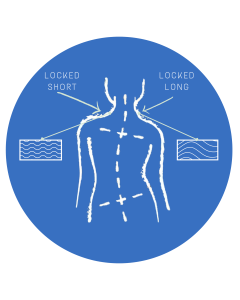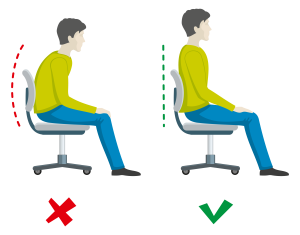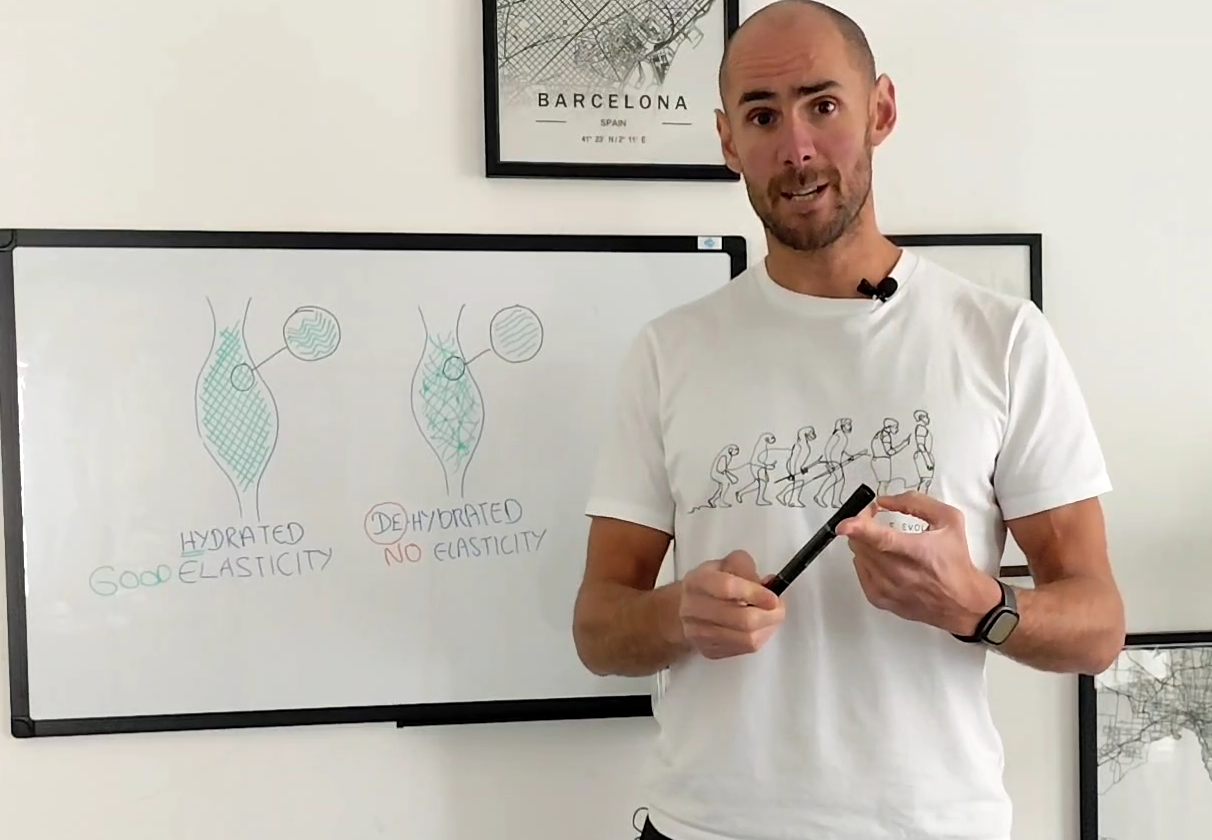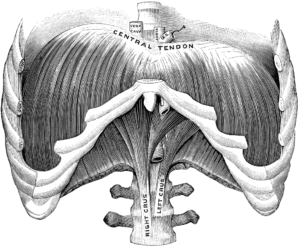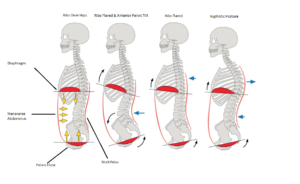WHAT THE F# IS BREATHWORK ?!
The question that might resonate in your head.. Which is exactly the one I am aiming to answer in this article. We always focus on our diet and sport to improve our overall health span. Have you ever considered taking a look at your breathing too ? 🤔
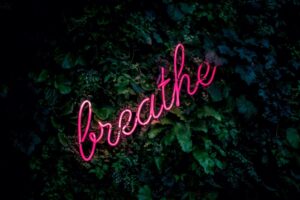
“A set of activities involving either actively or passively the breathing modality to improve physical, mental and emotional well-being.”
BACKGROUND IN A NUTSHELL
Now, let’s give a bit of a background about this ‘lost art’ James Nestor calls it in his book ‘Breath’: a true must read if you are curious about the unconscious act you do every (ideally) 4-5 seconds. And hopefully through your nose with your mouth shut… but that is going to be for another time let’s not drift away. 😉
The history of breath is tangled with the history of human civilization and culture. The earliest written records of breath-related practices can be traced back to ancient India and China a few centuries BC. Records under various forms of meditation, yoga, and martial arts were developed to harness the power of breath and its connection to the body, mind, and spirit.

Funny side note: the word ‘breath’ is coming from the latin ‘spirare’ which is the source of an incredible amount of verbs and words. 2 common examples in English vocabulary:
- The word ‘Expire’ that we commonly use in modern English, comes from the combined latin words ‘ex’ and ‘spirare’ meaning ‘out’ and ‘breath’. It describes something or -one that dies. That’s a different view on your expired bottle of milk right?
- ‘Spirit’, comes from the latin word ‘spiritus’ meaning ‘breath’, ‘wind’ and ‘blow’. So for the person that always says “I’m not a spiritual kinda guy” well … I’m afraid but technically you are and it’s all good !
Before, I mentioned two main categories of breathwork: active and passive. For this next chapter I bring more clarity and understanding about these categories. So you don’t get lost the next time you read or hear about it.

LET’S GO FOR A RIDE: ACTIVE BREATHWORK
The following description is what you will most likely encounter or experience if you hear or read about breathwork: “Active breathwork involves intentional, conscious connected breathing patterns that stimulate the body and mind.”
Some of the well known techniques of active breathwork are:
– Holotropic breathwork
– Wim Hof Method
– Pranayama
All with similarities and differences in the objective and benefits
One of the Western breathwork pioneers starting in the 60’s with Holotropic Breathwork, was developed by psychiatrist Stanislav Grof and his wife Christina. This technique involves deep, rhythmic breathing for an extended period of time. All at a higher rate than your normal respiration rate, while lying down. It is usually combined with powerful music and bodywork.
This technique helps going into an altered state of consciousness which will increase awareness in your thoughts and emotions. This is why going into the altered state of consciousness helps for anxiety and stress.
Objectives:
✔️ Personal growth
✔️ Spiritual exploration
✔️ Healing of emotional and psychological issues
✔️ Anxiety and stress
✔️ Reaching altered state of consciousness

Another example of active breathwork is the Wim Hof Method, developed by…Wim Hof a.k.a. The ice man! Probably no need to explain who this gentleman is but otherwise just google him and you will find plenty of information. His technique involves a series of breathing exercises that increase oxygen intake and alkalize (changes the Ph) the blood. All to boost the immune system. The techniques involve cycles of active inhale through nose or mouth via belly, chest up, followed by passive exhale. Usually each cycle finishes with a breath hold. Every round the breath hold increases. You would be surprised how long you can actually hold your breath.
The Wim Hof Method is often used to:
✔️ Improve physical performance
✔️ Reduce stress
✔️ Increase overall health and well-being

Let me introduce you to a less known active breathing technique: Transformational Breathing. A technique I love to practise and guide because of its’ goal to release emotional and physical tension, reduce stress, and enhance overall well-being. It involves using specific patterns of breathing to increase oxygen flow and facilitate deep relaxation. Sessions can be done on a mat laying down but it can also be sitting in a comfortable position. We take deep, rhythmic breaths through the mouth.
The technique encourages continuous breathing, meaning there is no pause between inhaling and exhaling. The idea is to take full, complete breaths that expand the belly, chest, and lungs, while releasing any tension or emotions that may come up during the process.
The transformational breathing is often good/used to:
✔️ Reduce stress and anxiety
✔️ Increase energy and vitality
✔️ Enhance emotional well-being
& much more…
After being on it for a significant time I can say that active breathwork is an extermely powerful way to improve physical, cognitive and emotional health.
PASSIVE BREATHWORK
Now let’s talk briefly about the passive one that you probably have heard of.
Passive breathwork involves more awareness in your breathing and directing it in a more natural and relaxed way. This technique does not manipulate or control the breath. The aim of passive breathwork is to develop awareness of the breath and its connection to the body, mind and emotions in order to cultivate a sense of presence and relaxation.

Meditation is a well-known practice used all over the world, in this practice, you simply observe the breath as it flows in and out of the body, without trying to change it in any way. To this practice you can add body scanning, which involves lying down and focusing on different parts of the body, allowing the breath to naturally flow in and out. Over time, mindfulness meditation can help to
✔️ Reduce stress and anxiety
✔️ Improve focus and concentration, and increase a sense of overall well-being
✔️ Relax physical tension
Yoga is also a form of passive breathwork, in which the breath is used to facilitate movement and relaxation. Different postures and breathing techniques are used to stretch and strengthen the body, while promoting a sense of calm and balance.
Needless to say, it is easy to get lost in the world of breathwork. There are so many different practices, techniques, and benefits. This is why I help you to clarify things with this blog 🙂
In conclusion, breathwork is a powerful tool for improving physical, mental and emotional well-being. By consciously controlling our breathing we can achieve a lot when it is about our well-being. Reduce stress and anxiety, increase energy and focus, and enhance our overall sense of vitality. Whether through techniques such as meditation, transformational breathing, incorporating breathwork into our daily routine can have profound effects on our health and happiness. It is important to approach breathwork with caution. With guidance from a qualified teacher or practitioner. With patience, practice, and an open mind, you can experience the benefits of breathwork and improve your quality of life.
Sources:
https://www.etymonline.com/
https://mindisthemaster.com/the-origin-of-breathwork/
The way of the iceman / Koen de Jong (2015)
Breath / James Nestor (2020)
Don’t miss out on the next post or free content 🙂
